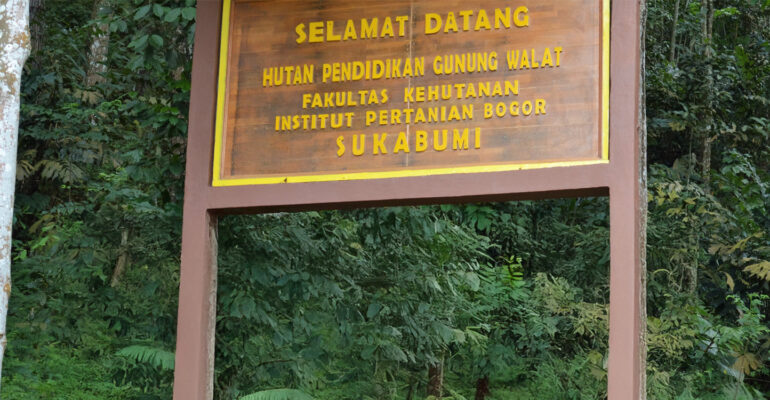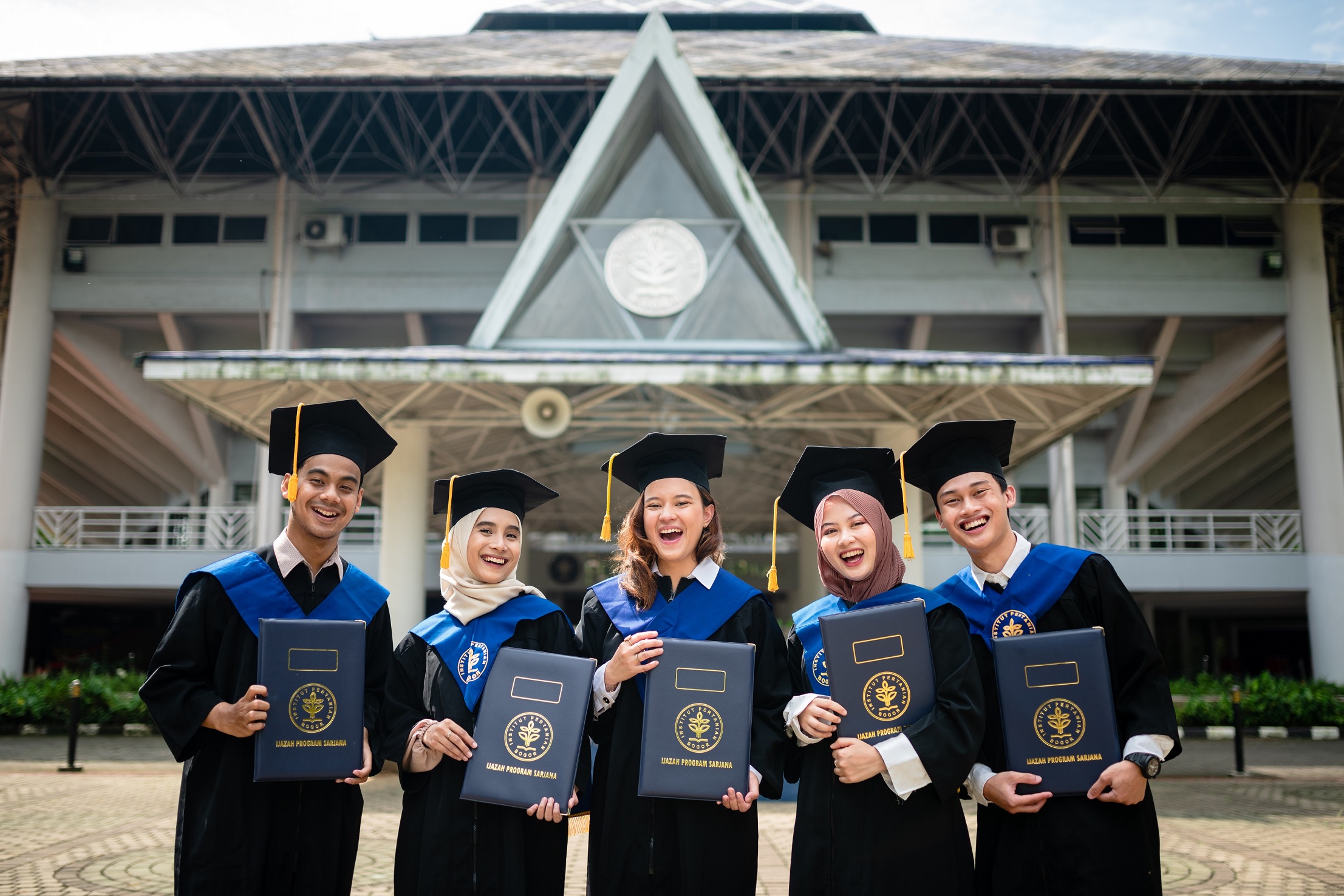Introduction to Gunung Walat Educational Forest (HPGW), a Frequent Practicum Site for IPB University Students

Gunung Walat Educational Forest (HPGW) is a state-owned forest area managed by the Faculty of Forestry and Environment (Fahutan) of IPB University. Located in Sukabumi, West Java, this forest is frequently used as a site for student practicums and research.
HPGW serves as a center for forestry education and research, applying principles of sustainable forest management. Additionally, HPGW holds potential as a natural tourism destination and a driver of economic development for the surrounding communities.
Historically, HPGW was initially a landscape covered with grass and reeds. This 359-hectare forest began to be cultivated in the 1950s. Since 1968, the Gunung Walat forest area has been developed and managed by the Faculty of Forestry of IPB University, a practice that continues to this day.
Currently, HPGW has developed into a forest ecosystem with a vegetation structure resembling a natural forest, with forest cover reaching approximately 95 percent. This condition has allowed the forest to function effectively as a life-supporting system.
HPGW plays a crucial role in implementing the three pillars of higher education, namely education, research, and community service. As an educational site, many students conduct field practicums at HPGW annually, including those from both IPB University and other institutions. In addition to university students, schoolchildren also visit HPGW to learn about environmental education.
“HPGW provides a direct field-based environment for education and research in various aspects of forestry. It also serves as a site for nature tourism and supports local economic development through products such as pine resin and copal, which can be commercially utilized,” stated Farid Hasyim Kusuma, President of the Student Executive Board (BEM) of the Faculty of Forestry, IPB University, on February 18.
HPGW is also a frequent research site for both domestic and international researchers. “Several types of tree stands are available for research topics, including pine, agathis, and rubber,” Farid added.
Beyond fulfilling its educational and research functions, HPGW contributes to environmental sustainability. This is evidenced by the emergence of several water sources around HPGW, which are used to meet household needs and irrigate agricultural land.
In terms of ecotourism development, HPGW management aims to attract visitors seeking relief from urban routines by offering an immersive forest and rural atmosphere, opportunities to observe biodiversity, and participation in various ecotourism programs.
“HPGW also provides visitors with facilities such as camping grounds, wooden houses, and a multipurpose hall. Accommodation facilities are available to support research activities conducted at HPGW,” Farid explained. (MHT) (IAAS/RUM)



